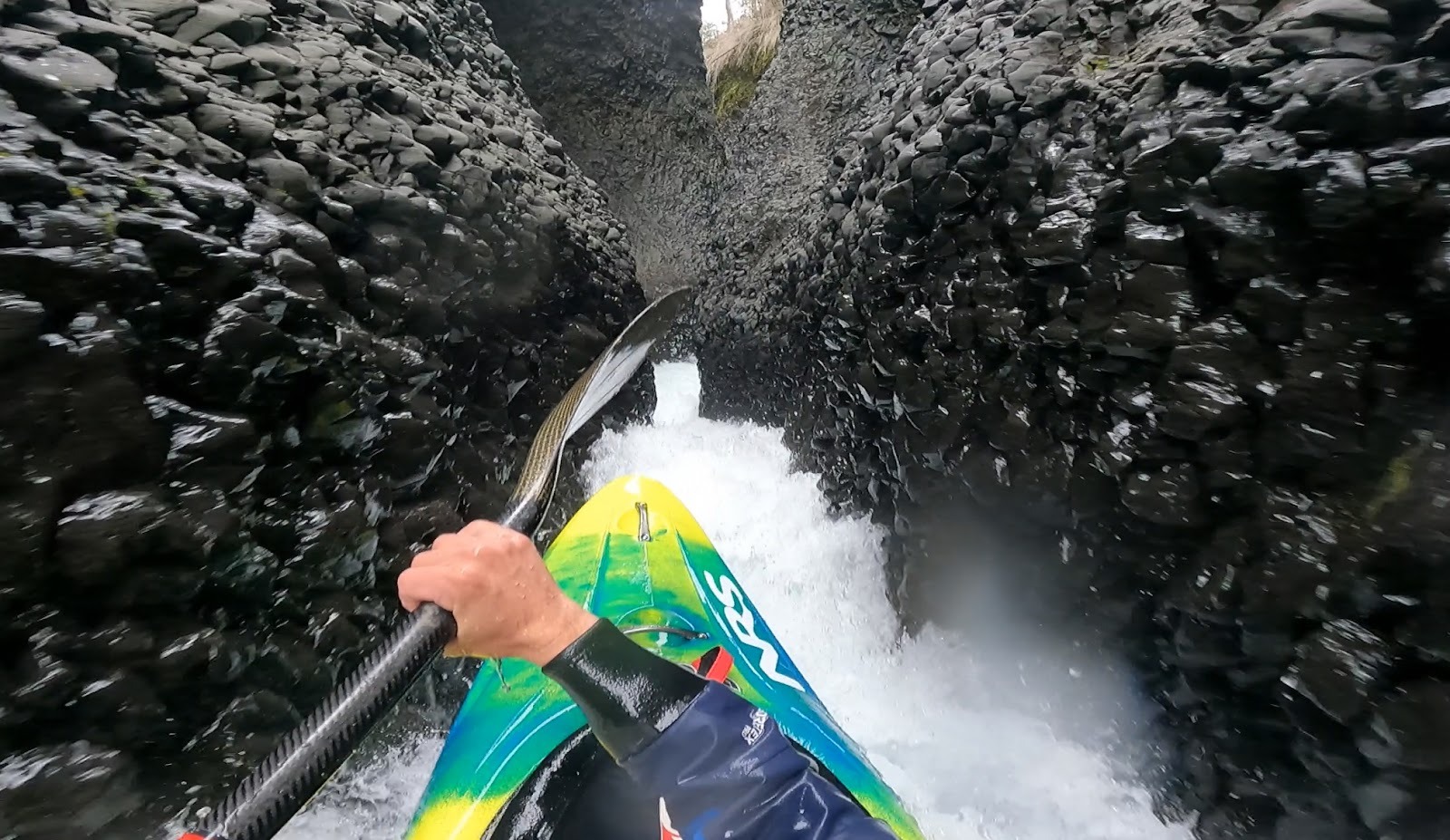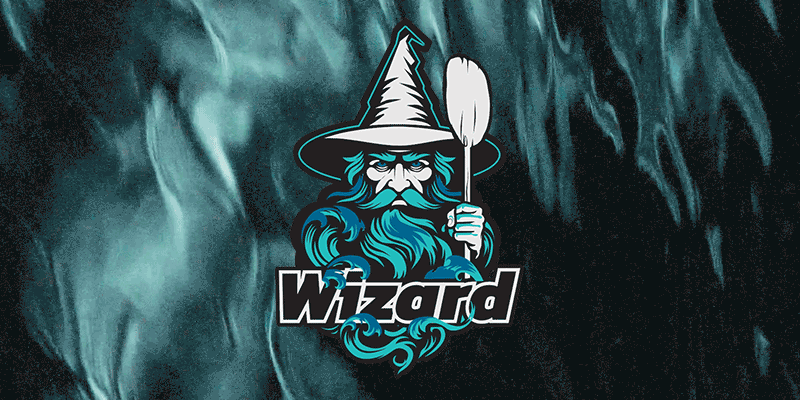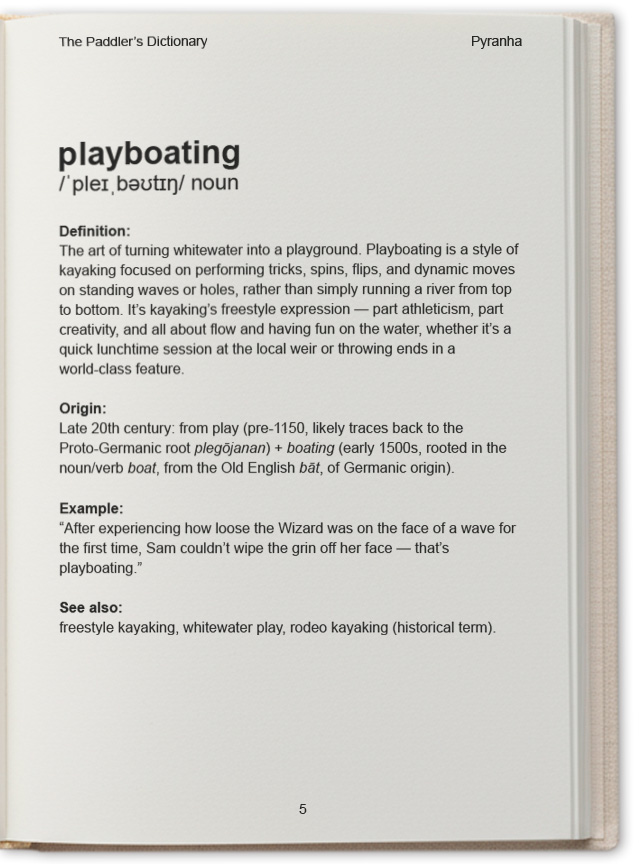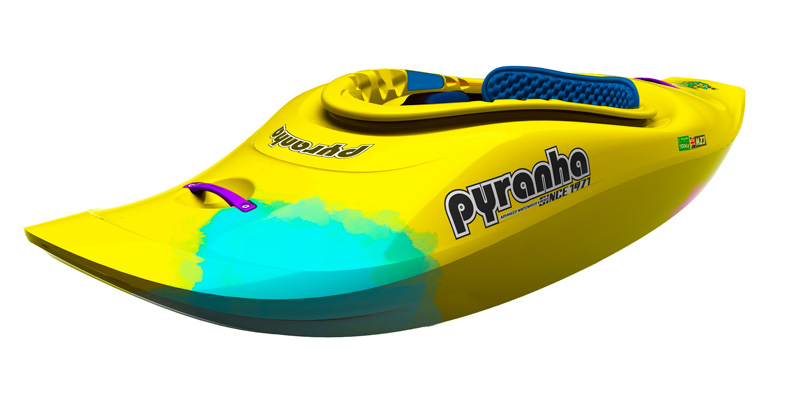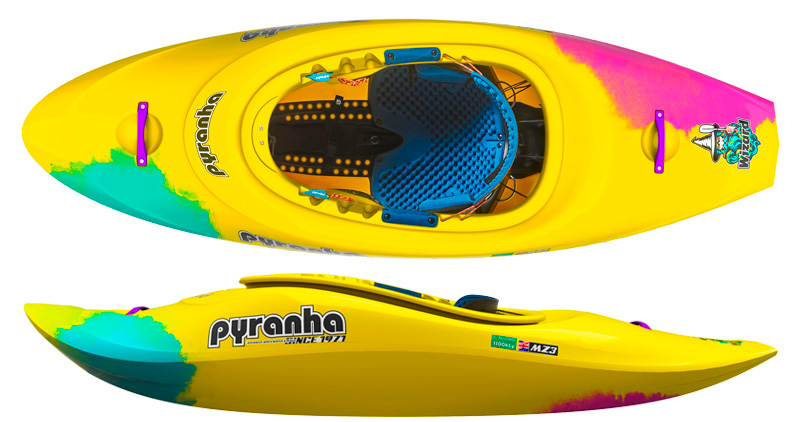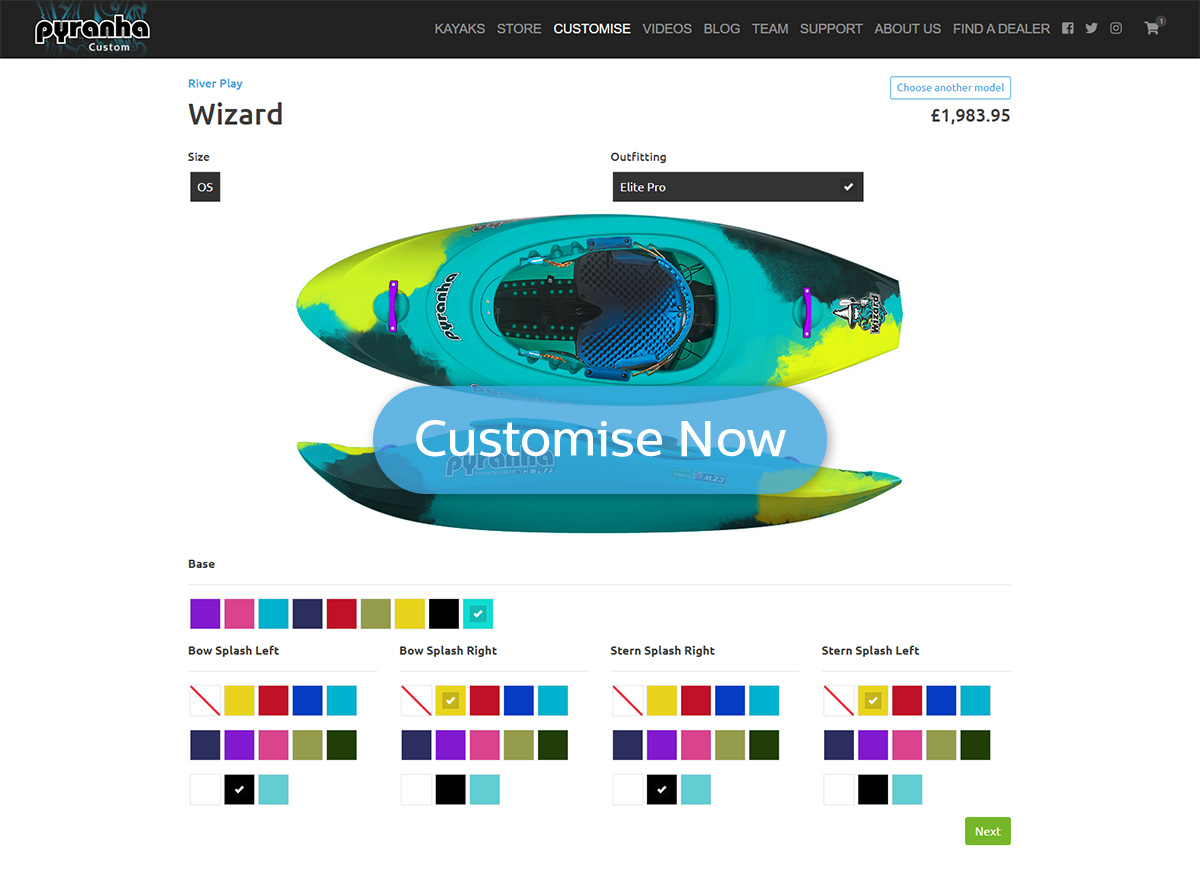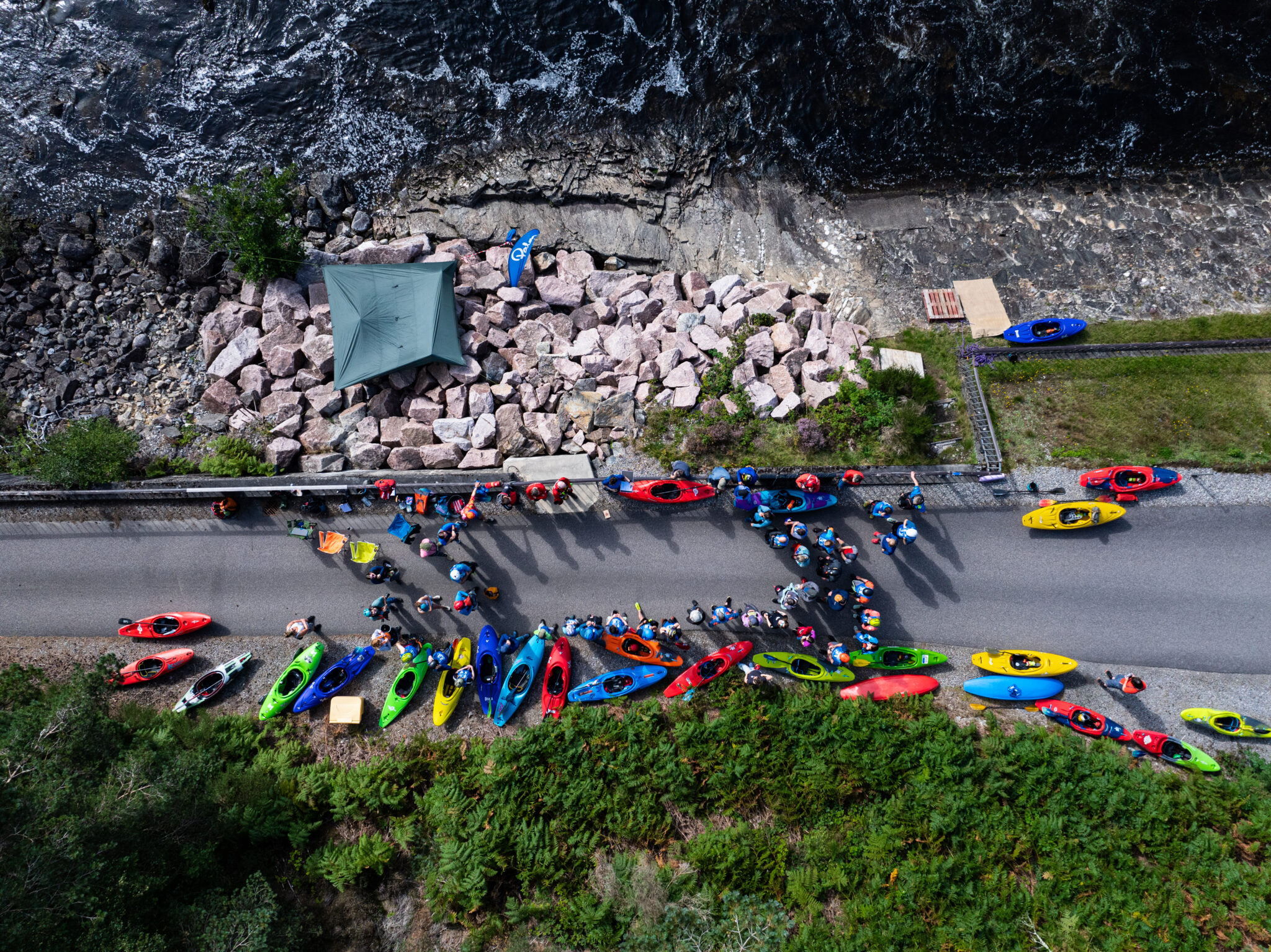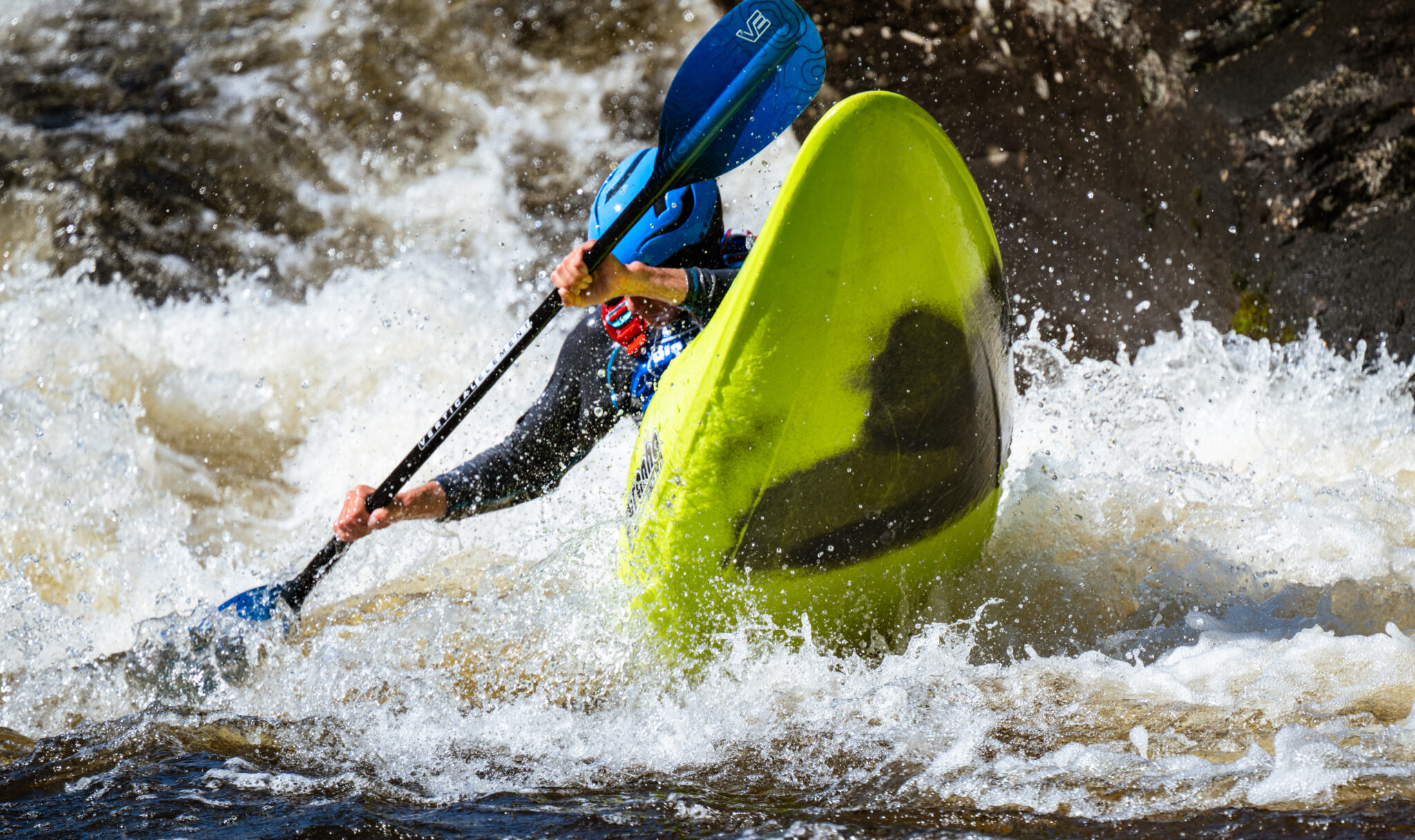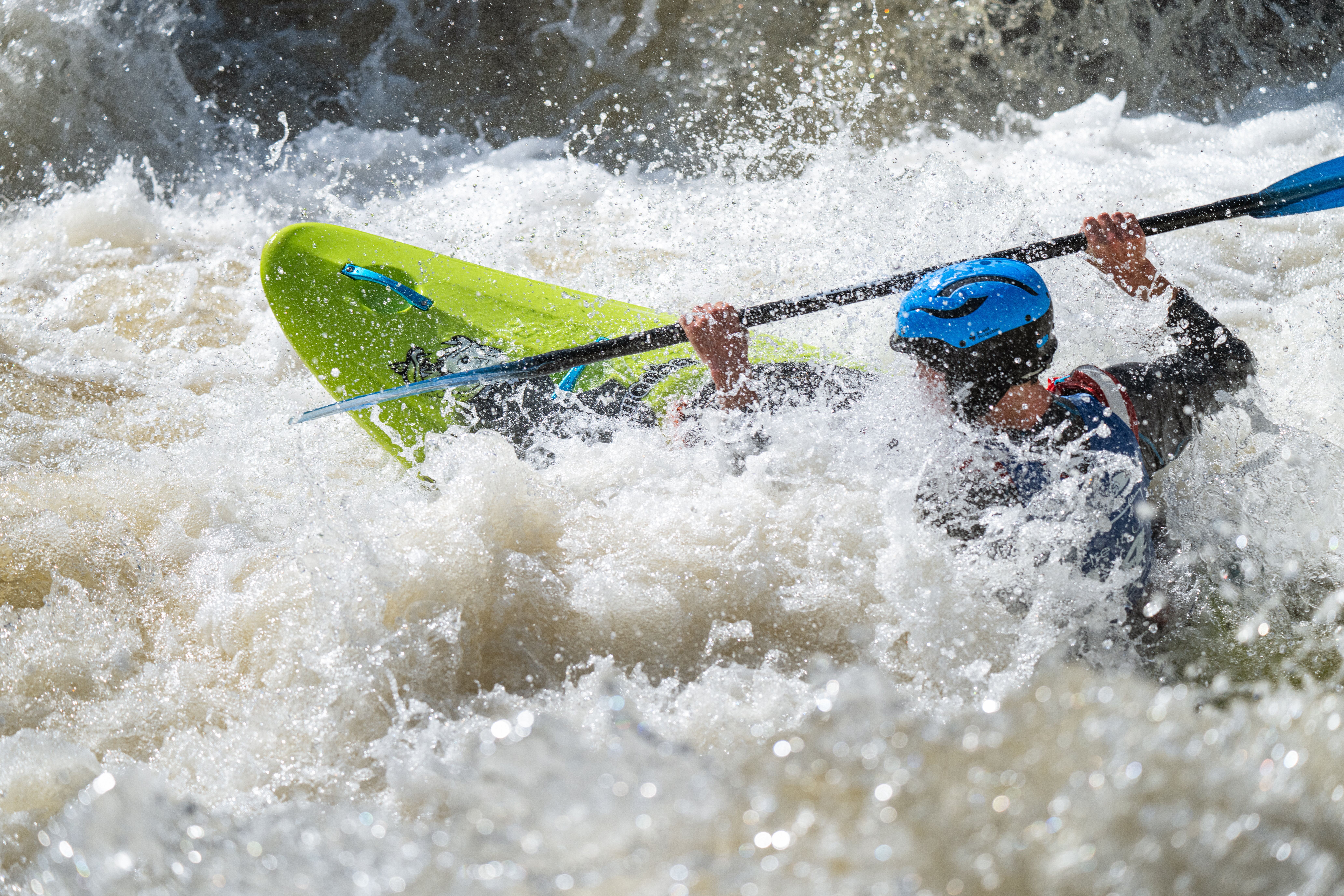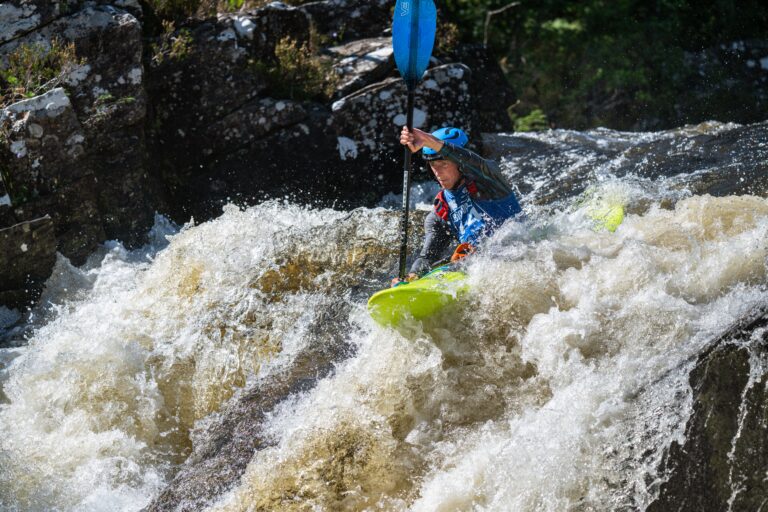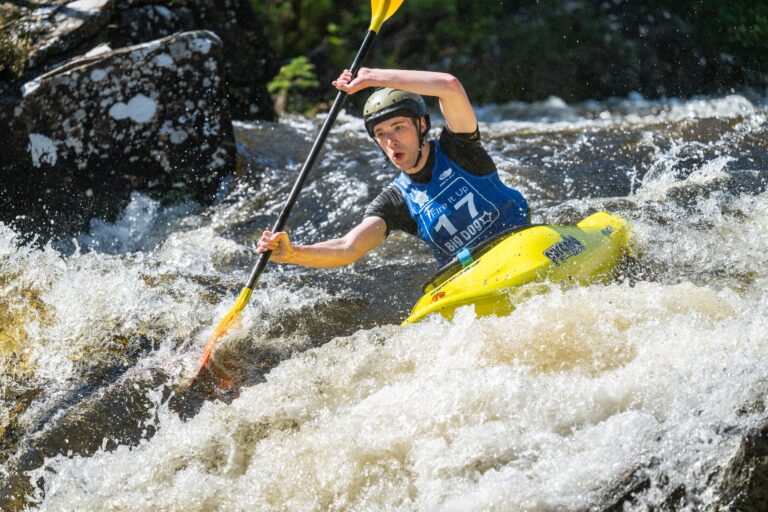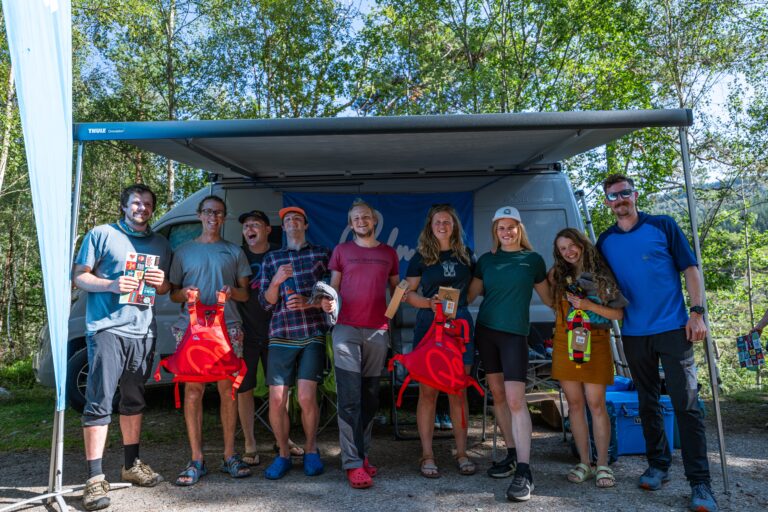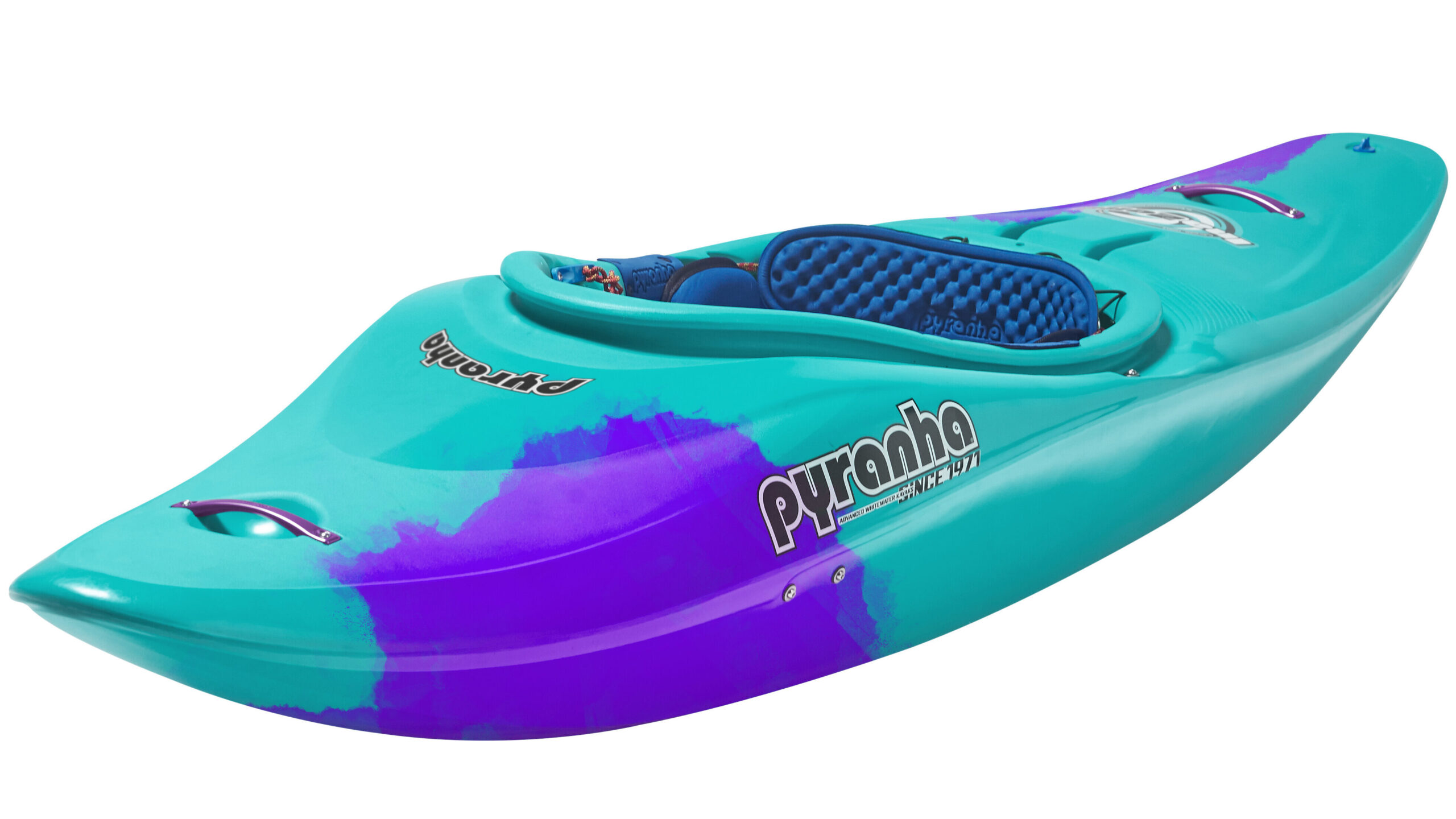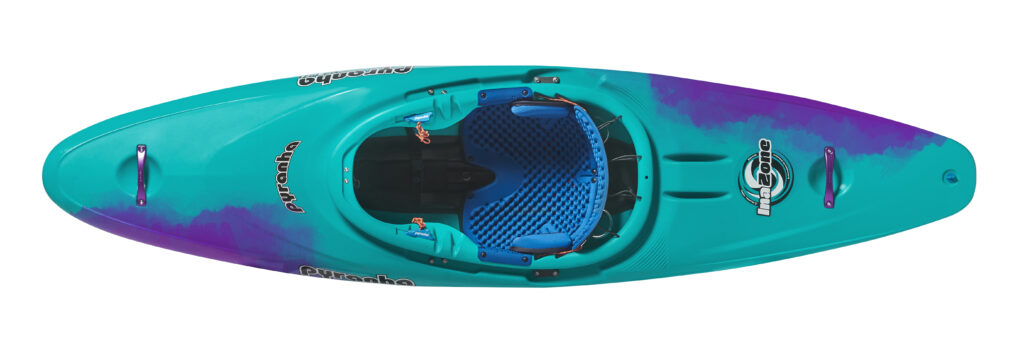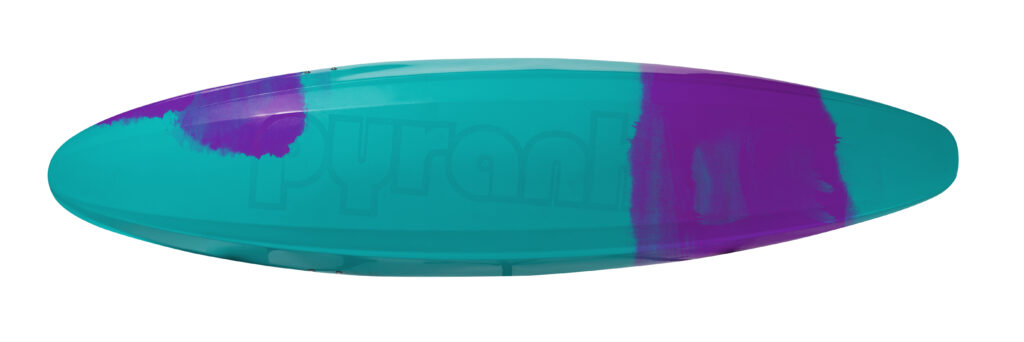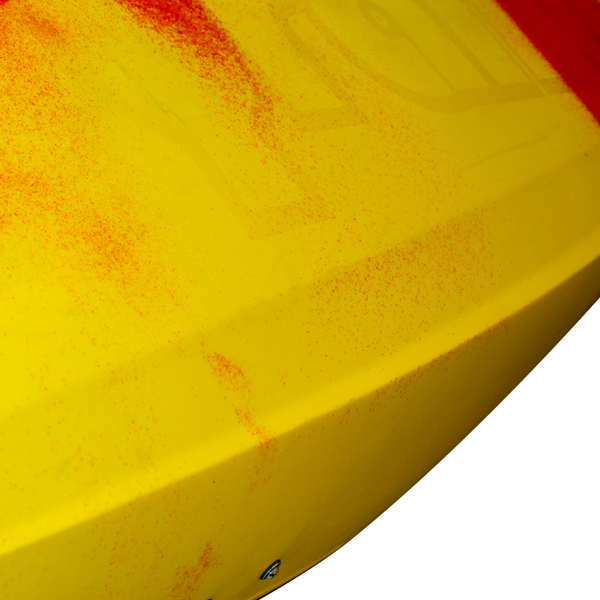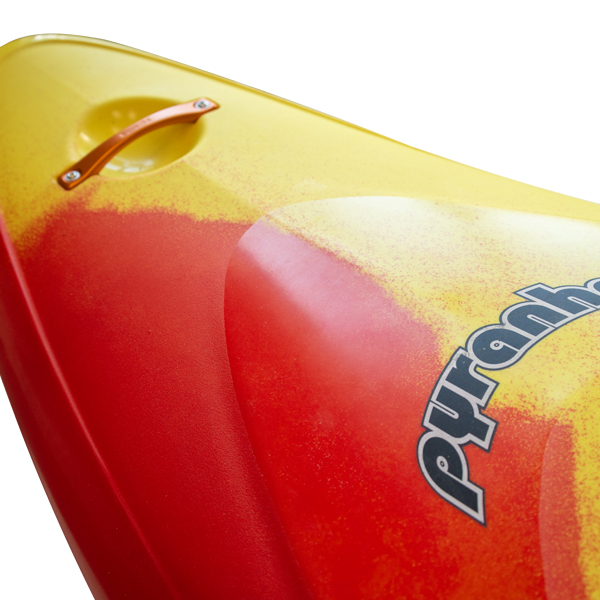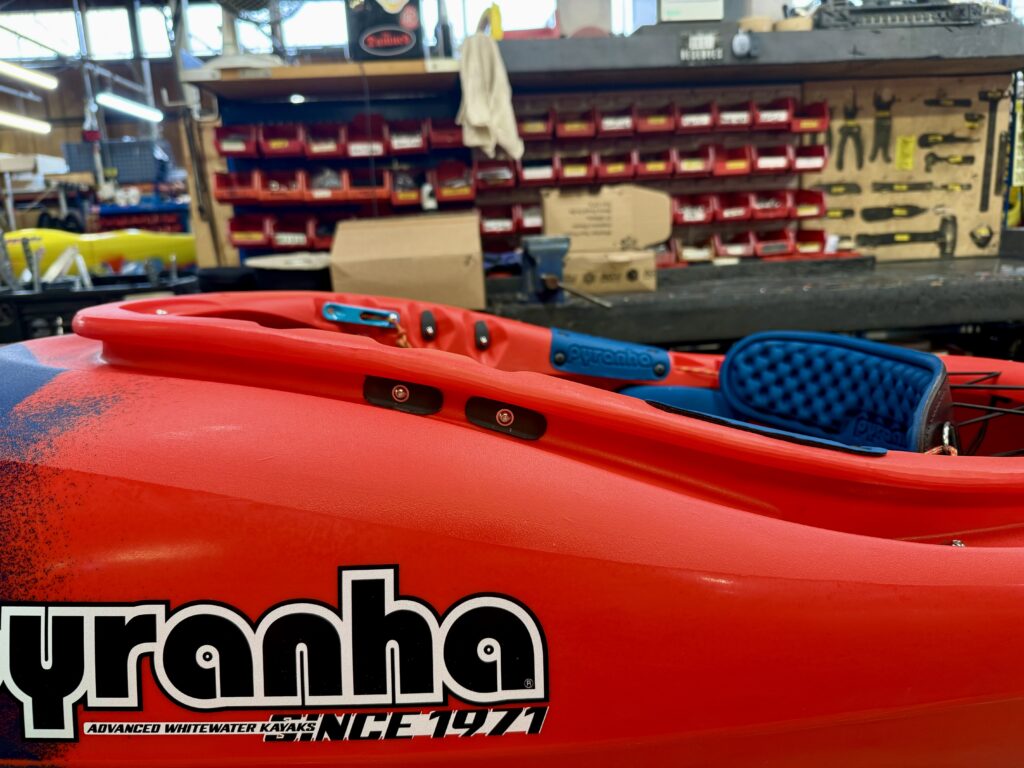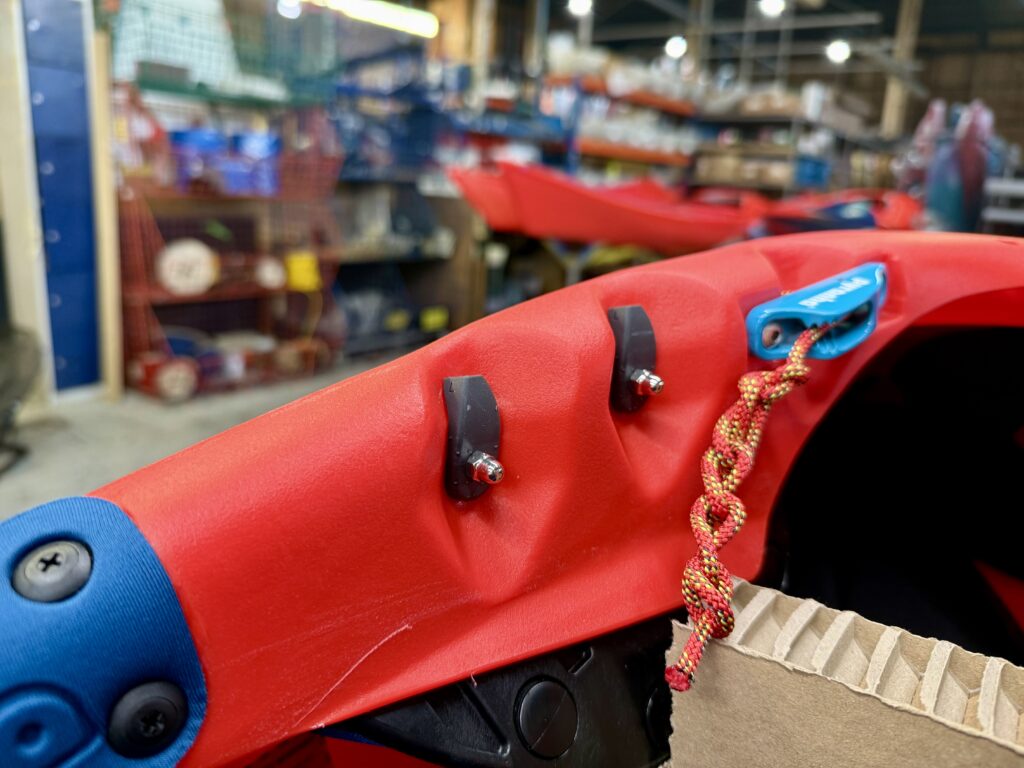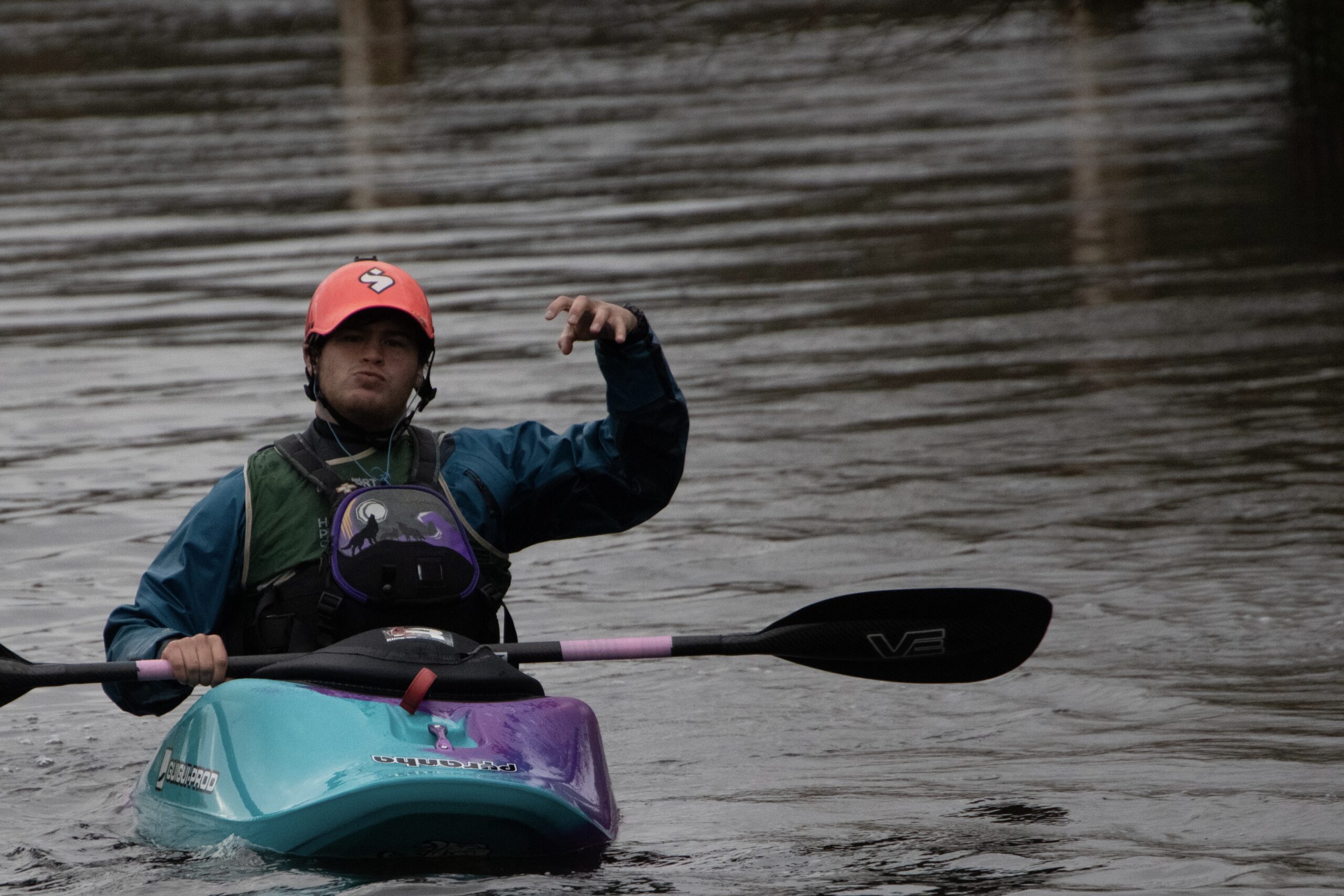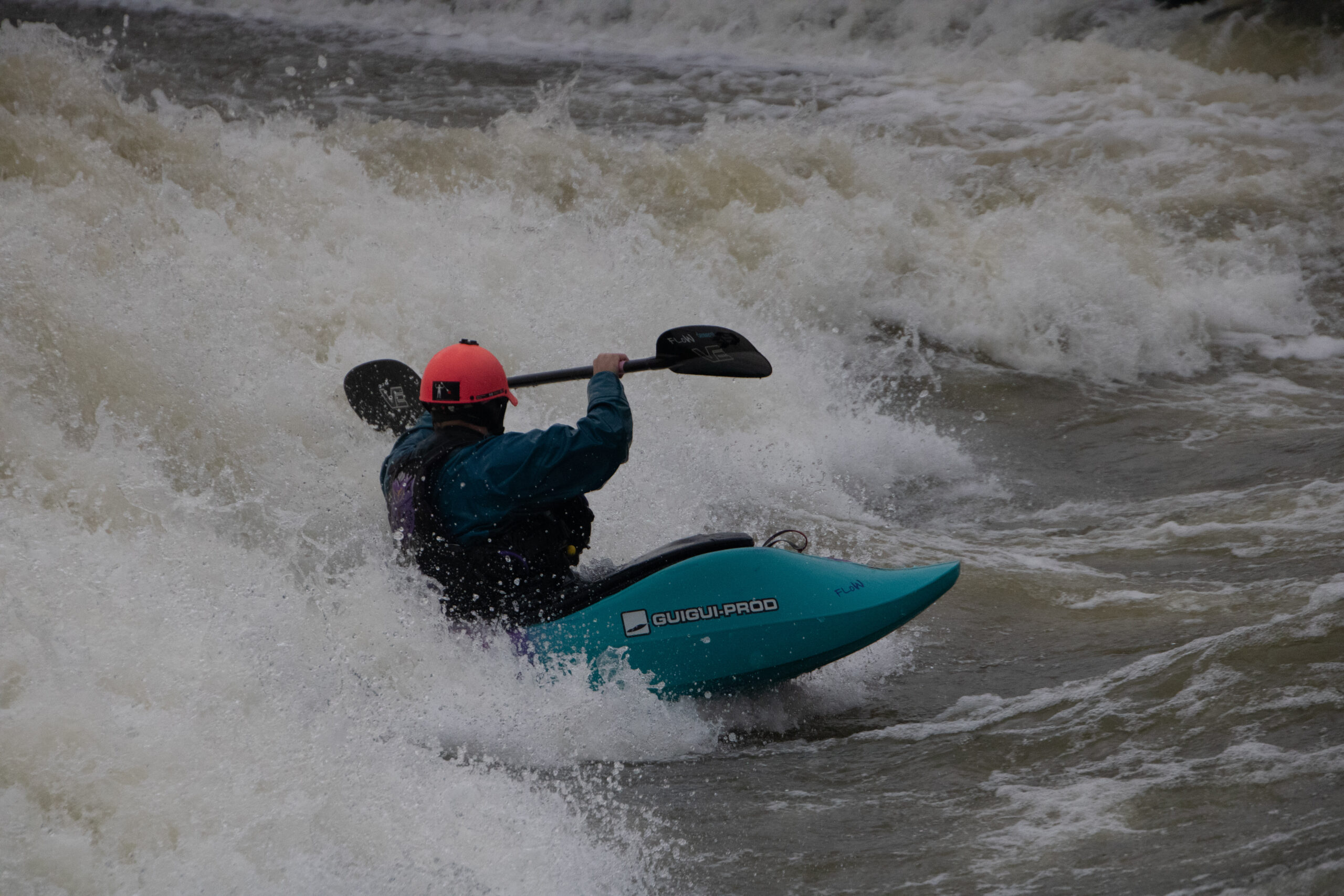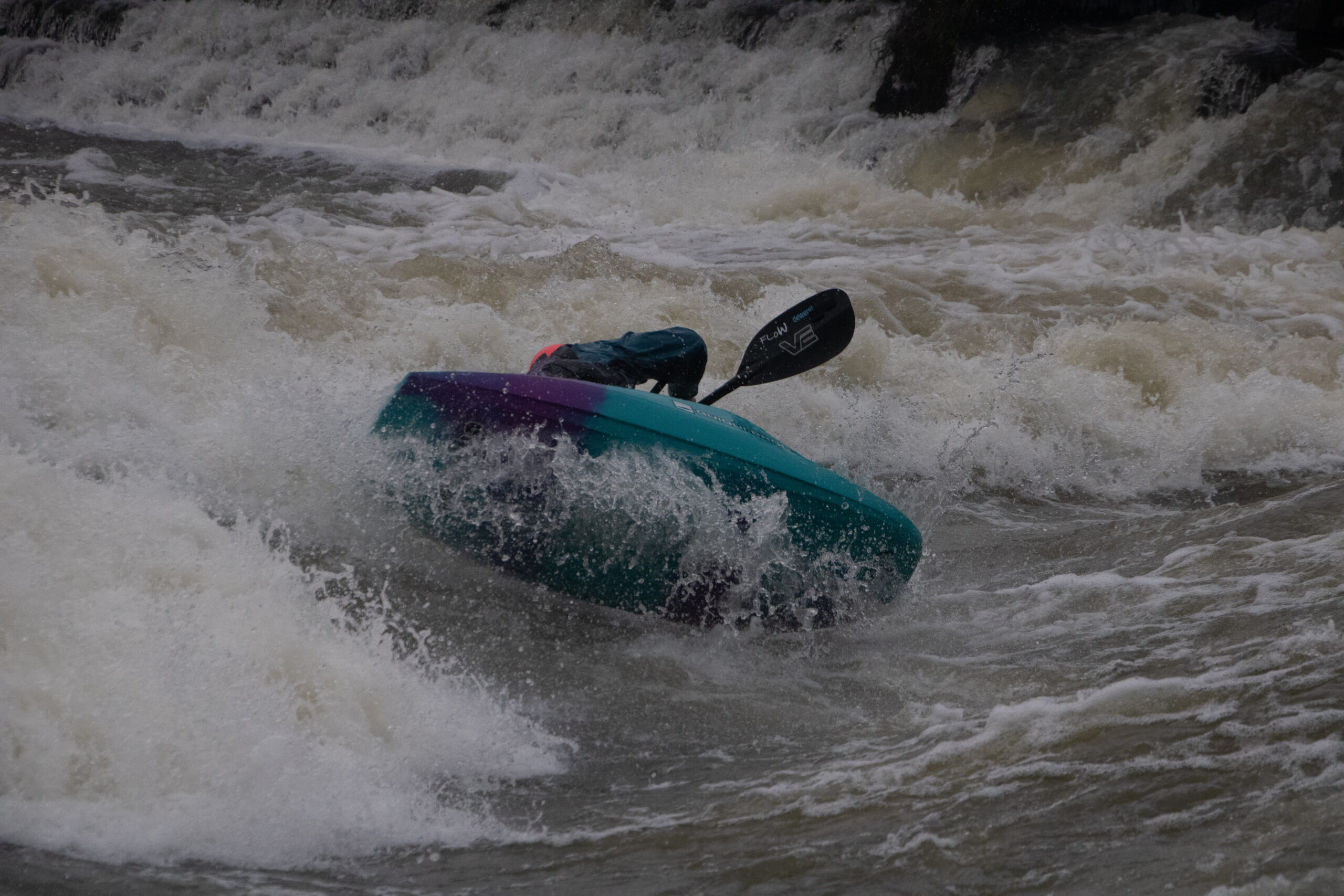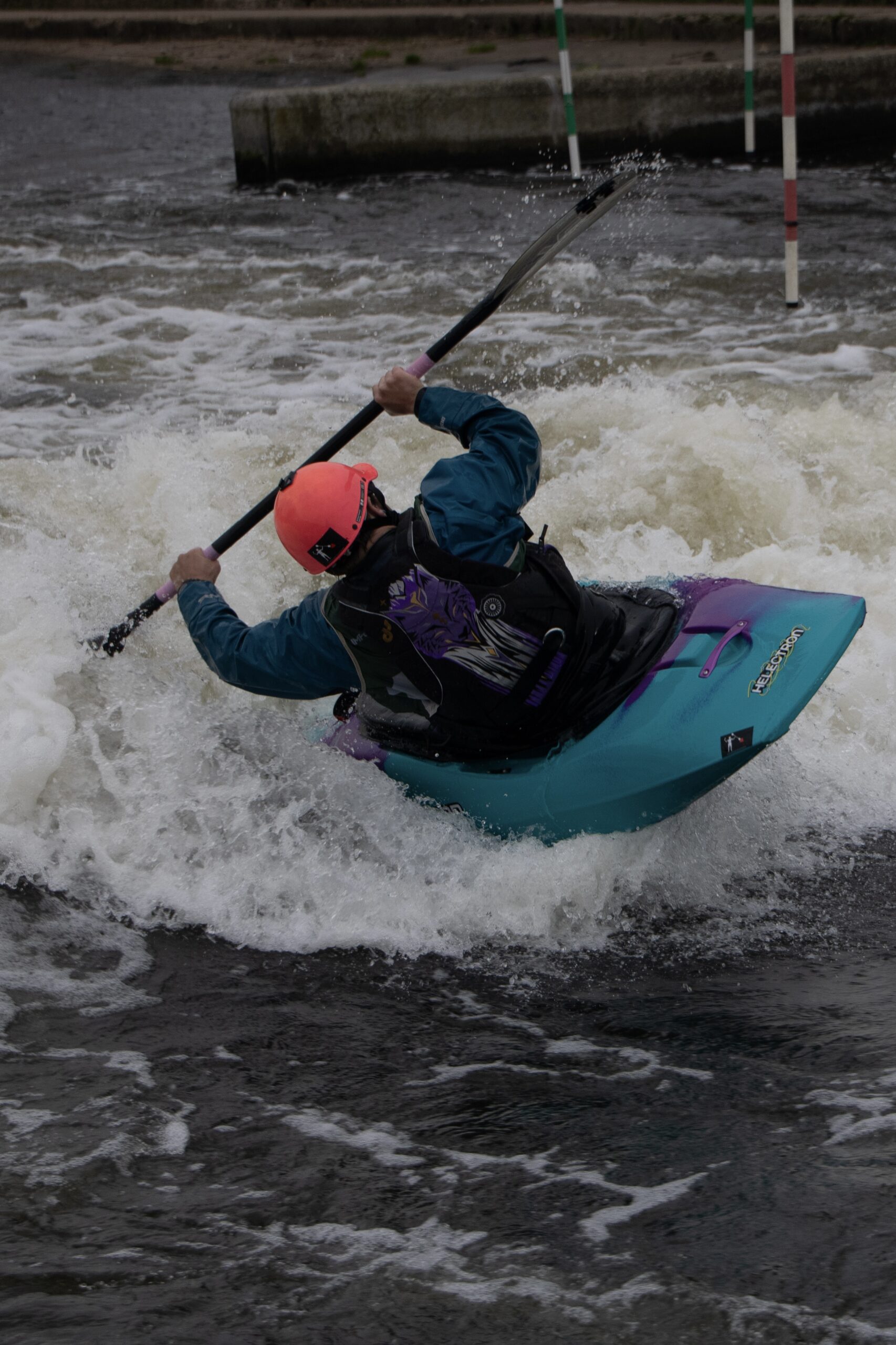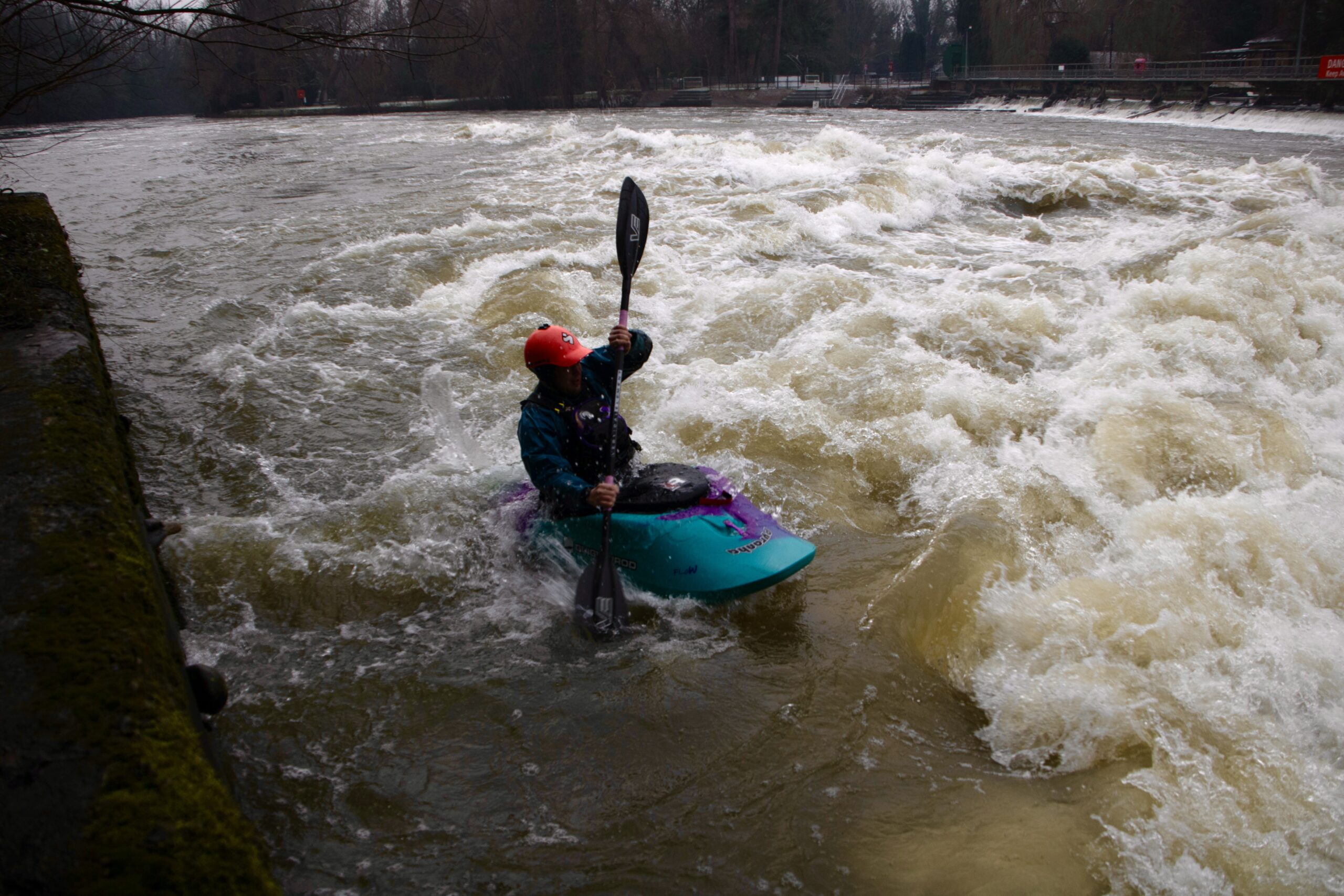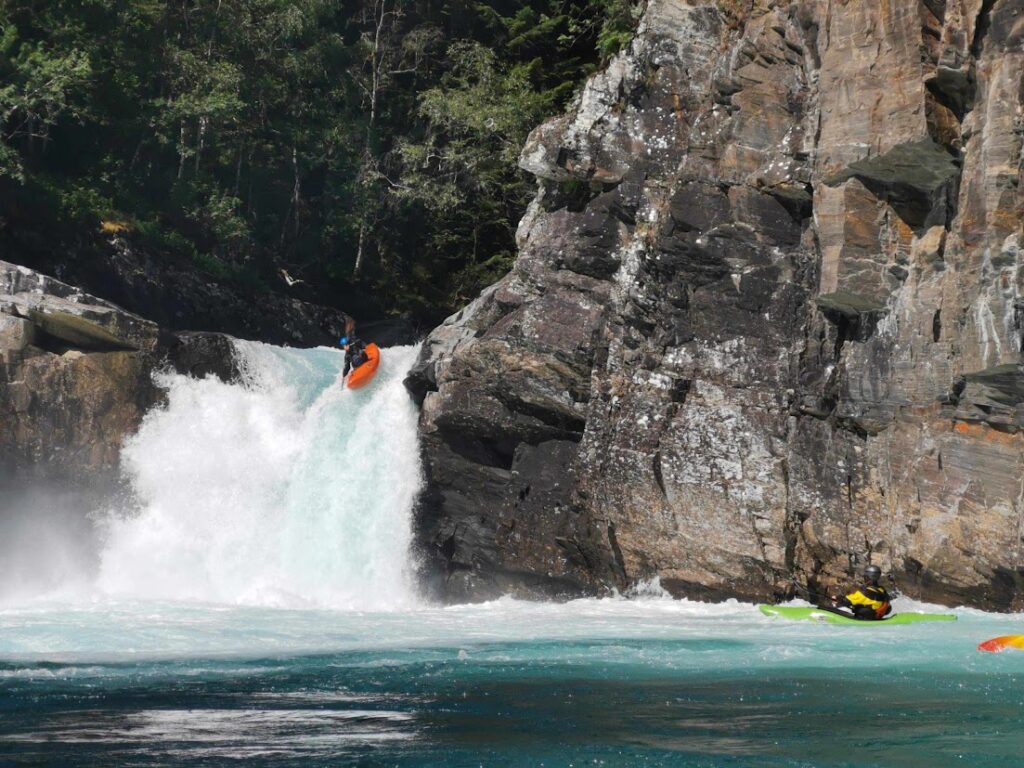If you’d told me at the start of university that I’d end up spending more time upside down in a kayak than figuring out my degree, I’d probably have laughed… and then spent my evenings feeling vaguely miserable in my room.
I joined the University of Bristol Canoe Club (UOBCC) in my second term of first year, at a point when I wasn’t entirely convinced that uni life was my thing. I’d just moved away from home, felt a bit lost, and was mostly existing rather than living. Then I found kayaking. I’m not going to pretend that discovering the sport was a mystical revelation that magically resolved all the problems in my life, but it was pretty damn close… The society bundled fun, adrenaline, structure, friendship, relaxation, mindfulness, competition and responsibility all into one; which, if you ask me, is as good of a uni starter pack as you’re gonna get!
Whitewater kayaking was the perfect excuse to scream at a river after a week of deadlines and lectures. There’s no room for overthinking when you’re trying not to tip over, which is exactly what makes it so therapeutic. Our Thursday evening pool sessions were my first taste. For an hour and a half I wasn’t stressing about essays or pretending I knew what was going on in my lectures, I was just flipping boats, laughing at other people’s capsizes, and hanging out with a group of people who were equally obsessed with not drowning.

Weekends quickly became my favourite part of term. River trips and peer paddles were the norm, venturing out into areas of the country that had been previously untouched by my painfully suburban feet to tackle rivers I’d never heard of was exciting. I remember my first time taking on the course at Cardiff International Whitewater Centre as a stale fresher (I’d been kayaking for just under a year at this point) in the middle of January.
It was absolutely freezing; there was even ice on the reservoir at the bottom! However, despite many capsizes, rolls, and swims, I could barely feel the cold as I was overcome by the adrenaline of making it past each rapid. That being said, the post-trip Maccies was still very much needed to refuel after a long day of (mainly) swimming.
Now, as a 4th year, weekend trips and peer paddles are still the norm; I still get the same adrenaline rush I did back in my first year, and I’m always happy to enjoy the post-trip Maccies with the same people who have been by my side from the beginning.

Fair enough, the question of money comes into play. It’s a well-known fact that the so-called “student budget” is tighter than it’s ever been; with the price of a Steam larger increasing by a whole pound in the space of a year, how on earth are students expected to fund the obligatory shenanigans and side-quests associated with university life?? Yes, kayaking can be expensive, but university clubs are great at making it affordable.
At UOBCC everything was provided for you! You could show up with absolutely nothing and still learn how to roll a kayak within your first few pool sessions. That said, by my second year I was hooked enough to buy my own boat (student loan coming in clutch) – a Pyranha Ripper 1, because if you’re going to be obsessed, you might as well go all in. Having your own kayak means more freedom to push yourself, chase rapids and waterfalls (regardless of what TLC say…), and basically justify all the time you spend near water instead of in the library.
It’s not just about the sport, either. I’d been seriously considering dropping out after my first term, but kayaking changed that. Having something to look forward to every week, and a group of people I wanted to spend time with, made a huge difference. The social side of it is just as important as the thrill of whitewater; a few hours on the river is surprisingly good for mental health. Plus, unlike some other sports where you’re chained to rigid training schedules, kayaking is flexible. You decide how much or how little you want to get involved, which makes it easy to fit around lectures, essays or a social life (what’s that??).

Then there’s the accidental personal development. Joining the club committee as Treasurer in my third year meant I ended up doing everything from budgeting to planning a trip for 30 people to the French Alps. I learned leadership, problem-solving, and decision-making, all while pretending to be “just a kayaker.” Throw in Whitewater Safety & Rescue, Outdoor First Aid, and a few more random skills, and suddenly three years of uni left me with way more than I’d ever imagined as a silly fresher in first year.

Looking back, kayaking turned out to be the highlight of my uni experience. It gave me new skills, great friends, a sense of belonging, and a sport I’ll happily carry on long after I graduate. So, whether you’re staring at your first term feeling a bit lost, or you’re already well into your university sentence and looking for a new thing to pass the time, get in touch with your uni society and grab a kayak. Take it from me, you’ll end up with a story far better than whatever your seminar notes could ever give you.
Charlie







